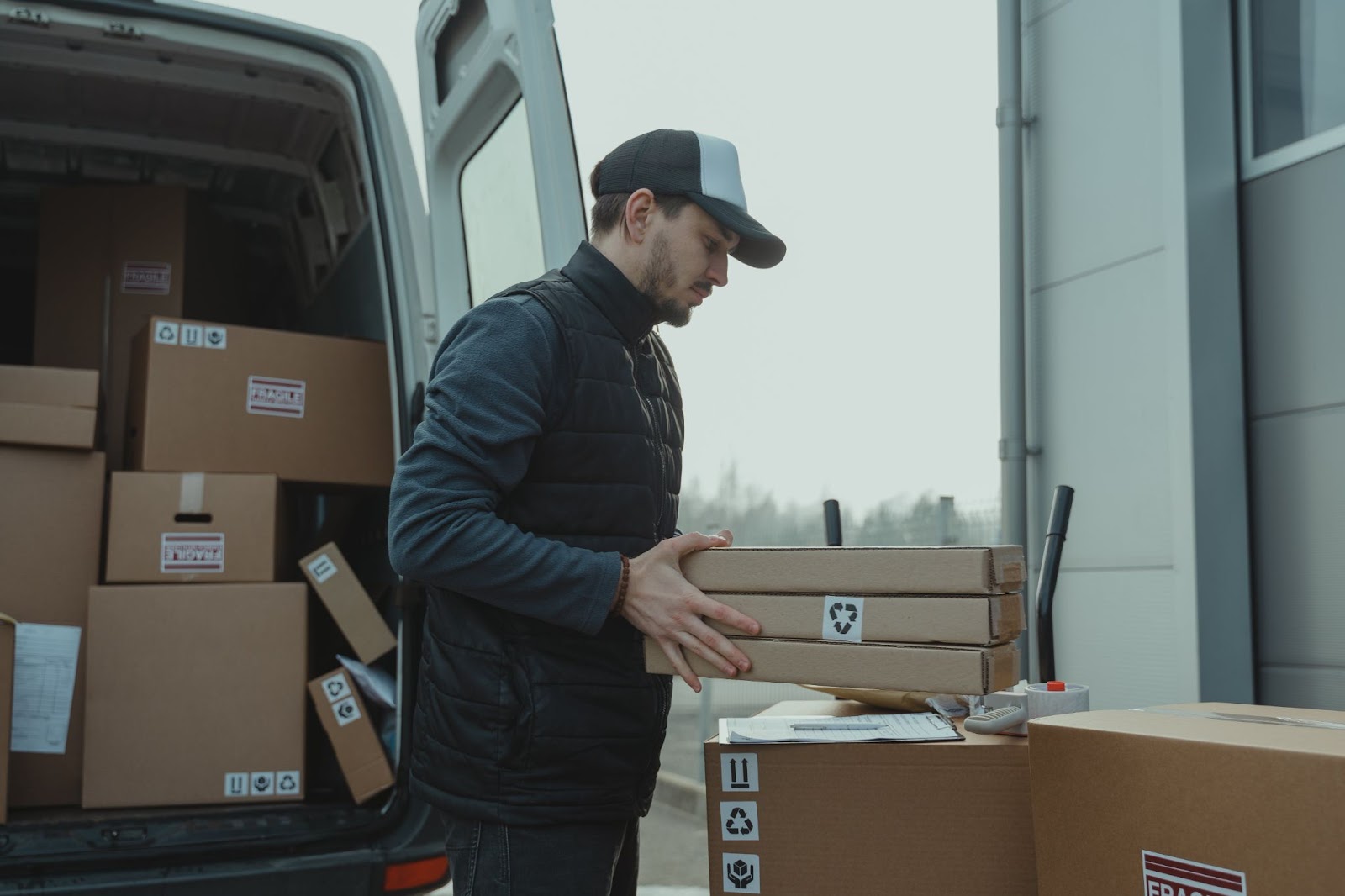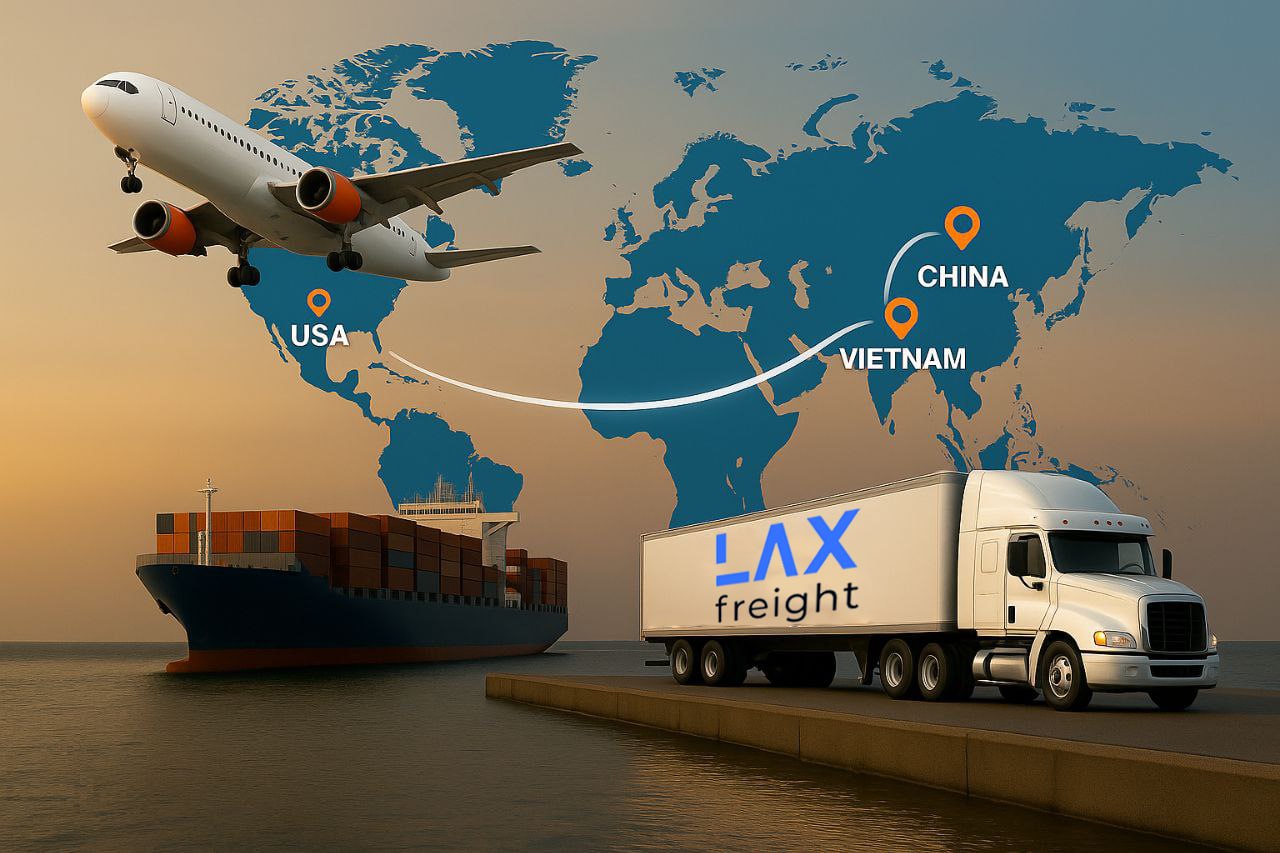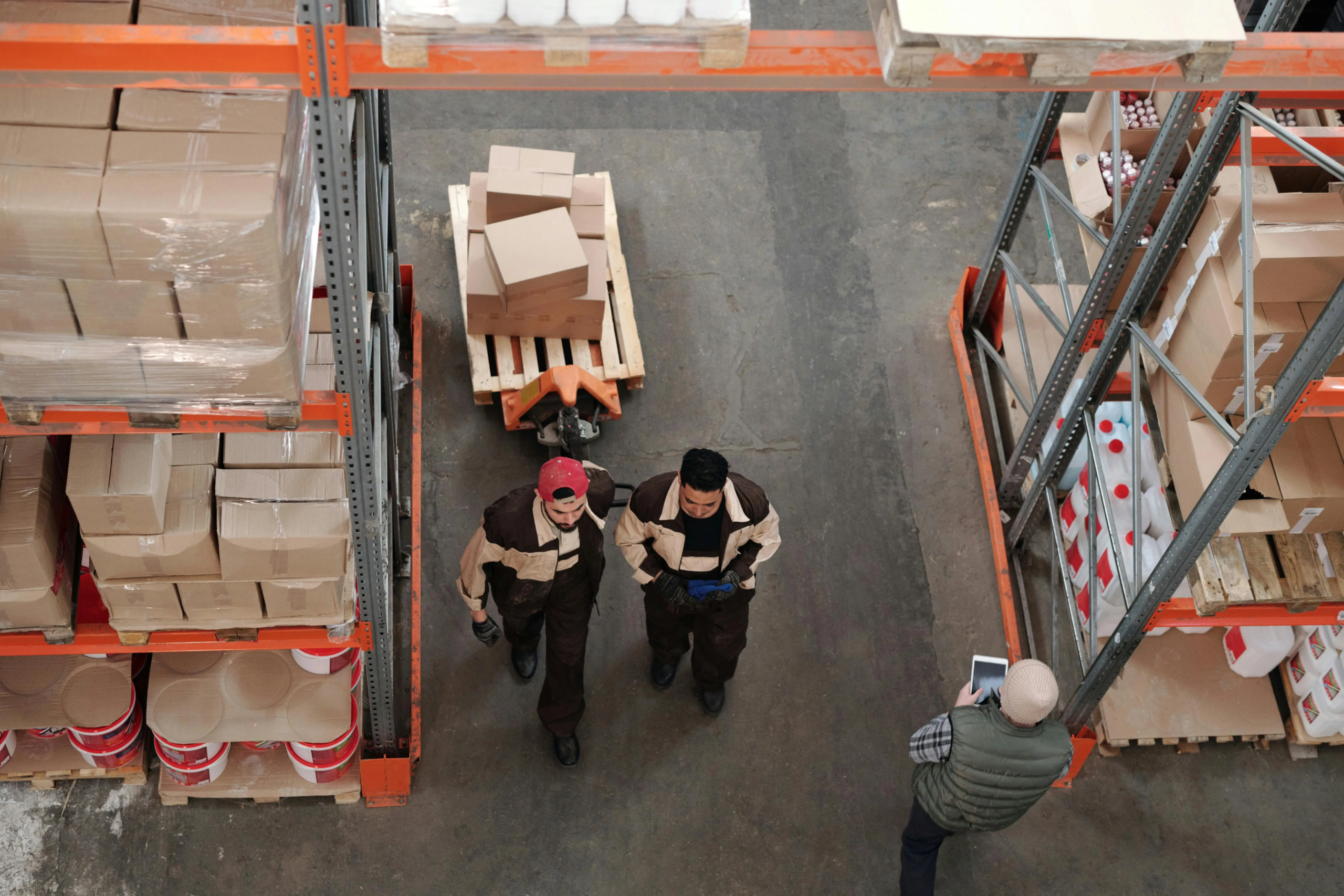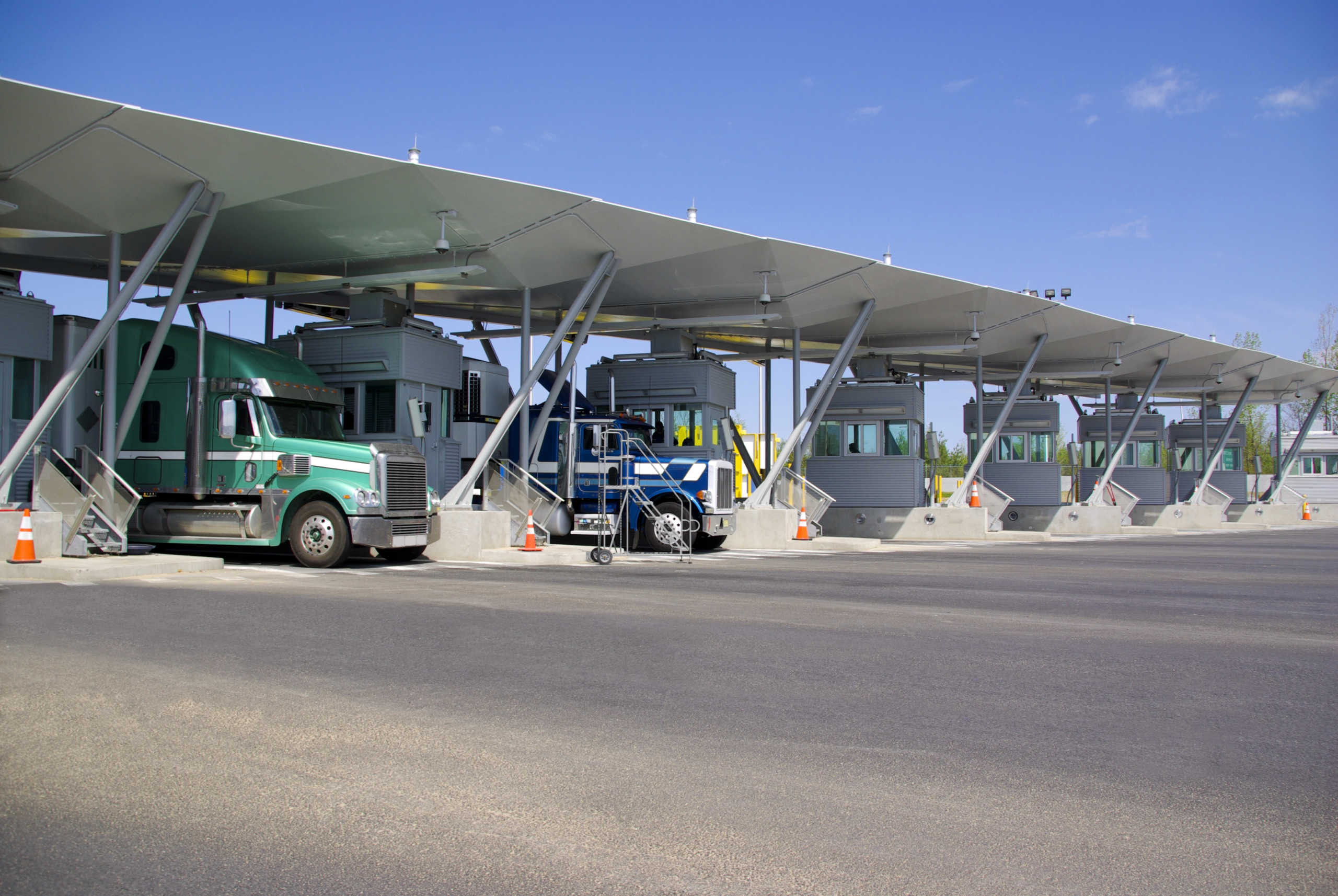In the logistics, one of the main aspects is ensuring that goods reached their destination. The primary document for that is a proof of delivery (POD). It maintains transparency, accountability, and confirming the receipt of goods. The article reviews the definition of proof of delivery, its types, importance, and difference from the bill of lading, as the other essential document.
What is a POD in shipping?
It’s a document that verifies the cargo delivery to the intended recipient. Proof of delivery is significant in the logistic sector, as it provides evidence of the delivery completion. It can be used in different forms, including physical or digital signatures, photographs of the delivered goods, or GPS data that verifies the delivery location.
Proof of delivery includes the recipient’s data, delivery date and time, the condition of the cargo, and sometimes additional comments. These data ensure a transparent and traceable transaction record, vital for operational efficiency and customer satisfaction.
Importance of Proof of Delivery
POD is a crucial element for the logistics and supply chain management. It enhances delivery efficiency, credibility, and reliability of supply chain processes. POD serves as legal verification and provides dispute resolution. Operationally, POD improves efficiency by tracking deliveries, identifying bottlenecks, and optimizing routes.
POD plays a vital role in customer relations as well. It enhances client satisfaction and provides transparency.
Benefits of Proof of Delivery
- Legal verification. The POD serves as a legal confirmation of cargo delivery, helping in resolving disputes between shippers and recipients. In case of any disagreements on delivery terms or damage, the POD can serve as evidence to support the shipper.
- Customer satisfaction. Proof of delivery helps to enhance customer trust. It assures the proper handling of their offers and the company’s commitment to transparency and reliability.
- Operational efficiency. Documentation of deliveries helps track the performance and efficiency of the supply chain. This information can prevent bottlenecks, optimize delivery routes, and improve overall service levels. Delivery records also aid in inventory management and prevent losses.
- Accountability and transparency. POD guarantees POD reduces the risk of fraudulent claims. Transparency in the delivery process is also critical to maintaining a good reputation and meeting regulatory requirements.
- Reduced disputes and claims. A clear record of delivery helps to minimize disputes and claims related to delivery or possible damage. With POD, companies can address any issues, saving time and resources in resolving conflicts.
- Cost reduction. Minimized disputes, improved delivery accuracy, and enhanced operational efficiency can save costs.
Components of a Proof of Delivery
Usually, proof of delivery includes several vital components. They ensure complete and accurate information about the delivery.
- Recipient’s information: The name, address, and contact details of the party receiving the cargo are crucial for verifying the delivery and resolving potential disputes.
- Delivery date and time. Such data is essential for maintaining accurate records and time-sensitive deliveries.
- Description of delivered items. A detailed description of the goods, including quantities, serial numbers, and any specific features, ensures the delivery of the exact order and helps in inventory management.
- Conditions of goods. These notes are critical for identifying any damages that may occur. Sometimes, this part includes a checklist or space for comments.
- Signature of recipient and deliver. It serves as a proof of goods delivery in the stated condition. Signatures may be replaced or supplemented with electronic signatures.
- Photographic evidence. Some POD documents include photographs of delivery at the stated location.
- GPS data. GPS data can also be included in modern POD systems. It provides additional assurance of cargo delivery.
Proof of delivery vs Bill of lading (BOL)
The BOL and the POD are both essential documents for the logistics sector. Still, they play different roles in the delivery process, verifying different shipping stages.
The bill of lading is a document that a carrier issues to a shipper. It includes an agreement between the parties, transportation, transportation terms and conditions, receipt of goods, and a document of title.
The BOL is prepared before the delivery starts and accompanies the cargo through transportation. For more information on the bill of lading you can read What Is a Bill of Lading? Key Insights and Examples. On the other hand, the POD concentrates on confirming the actual delivery and receipt of goods. Both documents provide transparency, accountability, and legal compliance during delivery.
| Aspect | Bill of Lading | Proof of Delivery |
|---|---|---|
| Purpose | The contract of carriage and ownership of goods | Confirmation of goods receipt by the recipient |
| Issued by | Carrier | Recipient or authorized party |
| When issued | Before the start of shipment | After delivery completion |
| Content | Details of shipment, conditions, terms of transport | Confirmation of the delivery, and cargo’s condition |
| Legal role | Ownership proof during transit | Receipt proof and delivery completion proof |
| Use | Required to claim goods at destination | Confirmation of successful delivery |
Types of Proof of Delivery
Proof of delivery can be presented in different forms. Each type offers various levels of verification and convenience, depending on the delivery and the parties’ technological capabilities.
- Paper-based POD is the traditional form of proof of delivery. It includes the recipient’s signature and contact information. Often, its copy is kept by the recipient and the carrier. It is used in cases where digital infrastructure is not available or in local delivery operations.
- Electronic PoD (ePOD). It uses digital devices to capture the recipient’s signature electronically. Its main features include a digital signature, real-time data on shipment, and photographic evidence of the goods delivery. This type of proof of delivery is suitable for companies with integrated digital systems and for fast-paced industries.
- Photo POD. This type involves photographing the delivered goods. Photo proof of delivery includes visual proof, GPS coordinates, and a condition check of the goods upon delivery. It’s used for contactless deliveries and when recipients can’t physically sign the document.
- GPS-based POD. This form of proof of delivery utilizes GPS technology to confirm the delivery, including location tracking, a time stamp during the delivery process, and integration with other electronic systems. It is suitable for high-value deliveries and difficult-to-access areas.
- Biometric POD employs biometric data (fingerprint or facial recognition) to confirm the recipient’s identity. It also foresees the use of specialized equipment to capture and verify biometric data. Its main advantage is the reduced risk of fraudulent claims. Biometric POD is used for high-security deliveries and situations that require stringent verification.
Choosing the correct type of proof of delivery document is essential. It depends on the business needs, the nature of the cargo, and the availability of technological infrastructure. While paper PODs are still in use, digital types offer more accuracy, efficiency, and security.
POD example
In a general delivery scenario, proof of delivery confirms the receipt of goods. In general, the delivery process with this document includes:
- Order placement by a customer.
- Shipment preparation. This step also foresees the generation of a bill of lading with details on shipment information, product type, and quantity.
- Process of the delivery.
- Proof of delivery completion. Upon arrival, the courier collects the recipient’s signature. In addition, a carrier may take a photo of the delivered package.
- Real-time update. The PODs are uploaded to the carrier’s system, and the customer receives a notification with the delivery confirmation.
Thus, the critical components of POD are signature, delivery photo, date and time stamp, and recipient’s name.
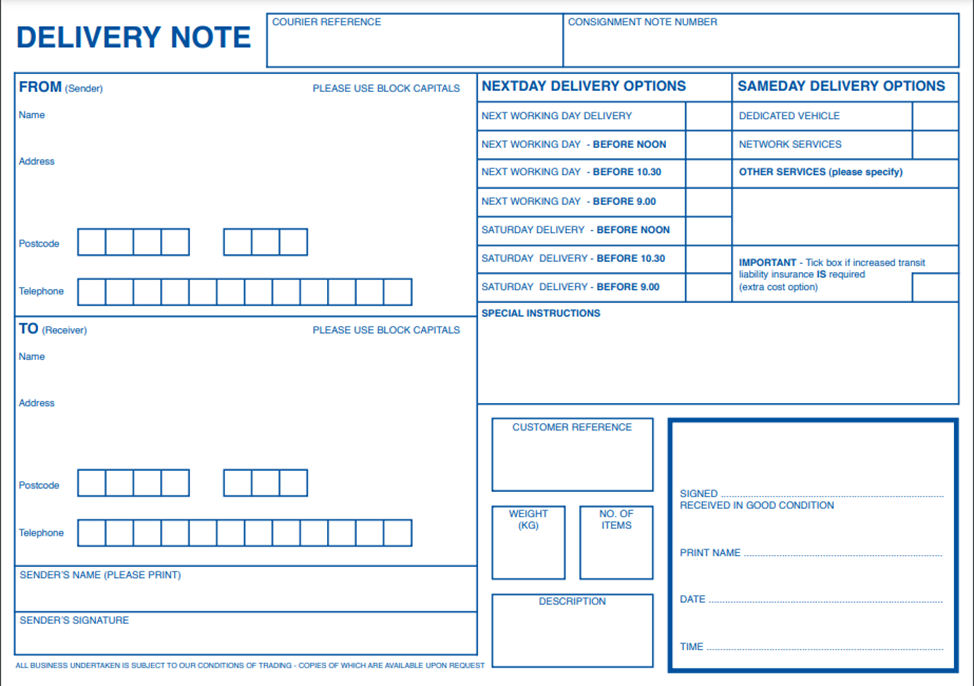
Conclusion
Proof of delivery is a significant component of the logistics sector that verifies the receipt of goods. It offers legal verification, improves customer relations, and increases operational efficiency. Understanding what is a POD in shipping, its types and integration in the delivery process enables you to maintain accountability for your business and minimize the risk of disputes. Still, every proof of delivery remains crucial for any company that seeks to optimize its supply chain operations and improve customer service.
LAX Freight can provide you effective solutions and assistance in the delivery process, including handling the proof of delivery.
Contact us to facilitate your shipping activities.
